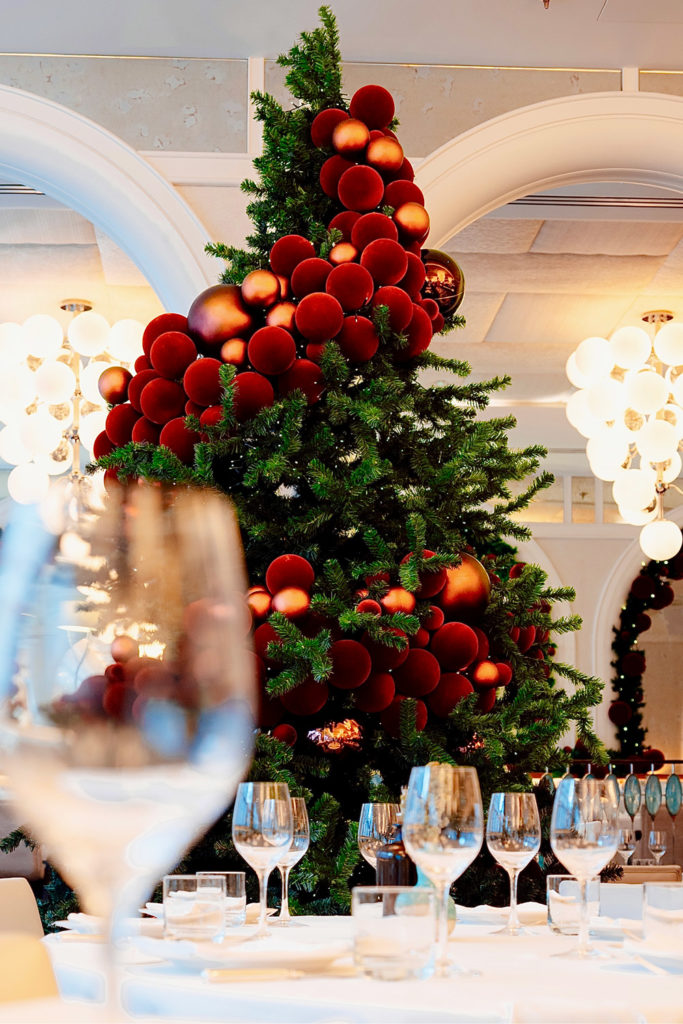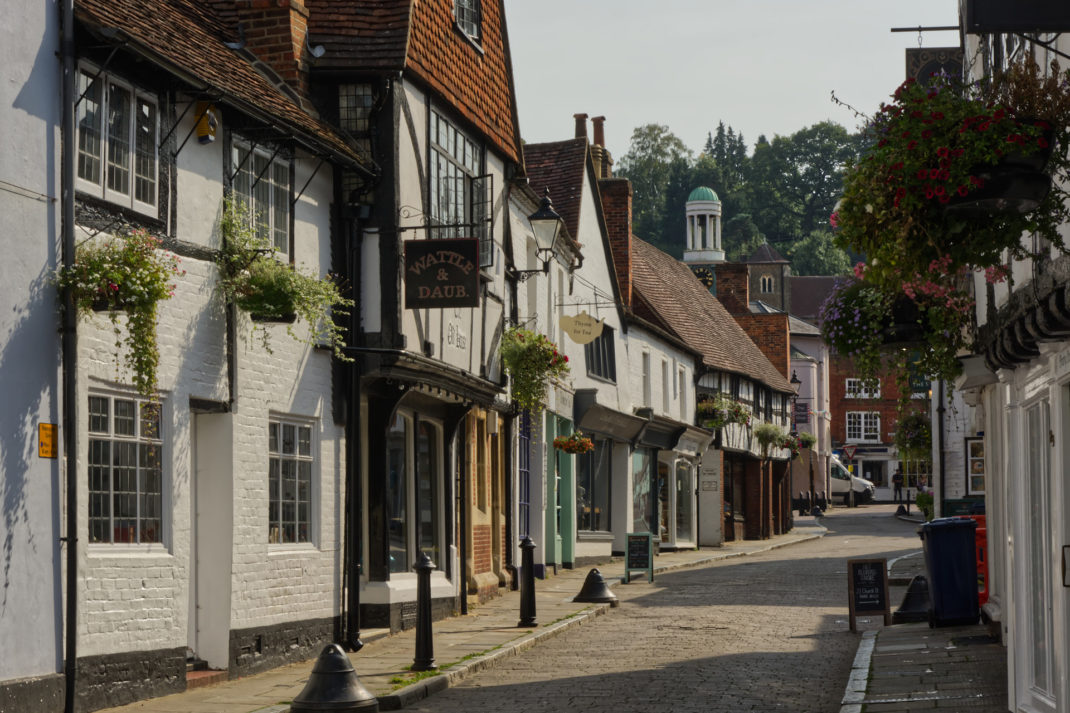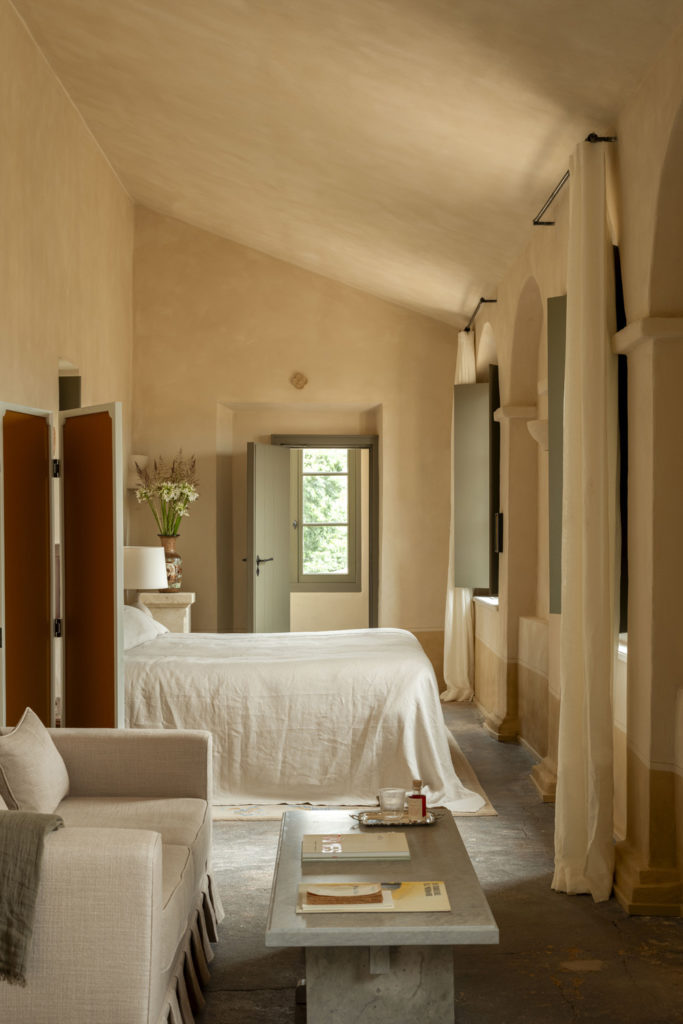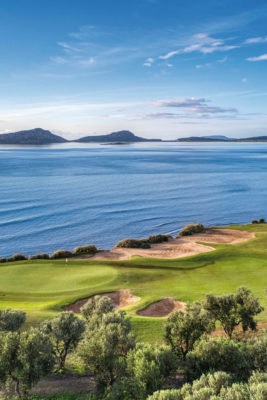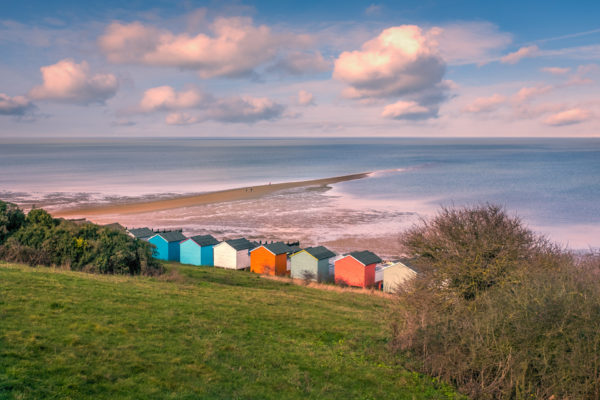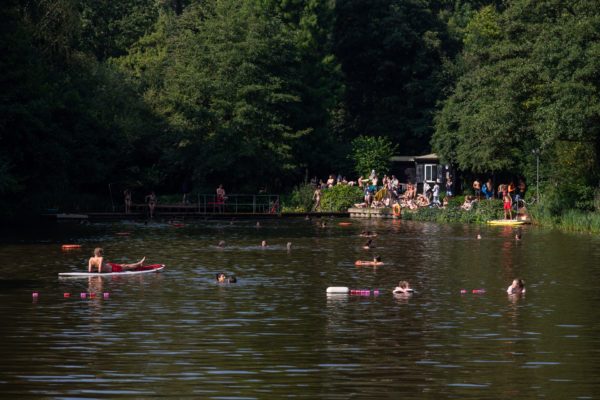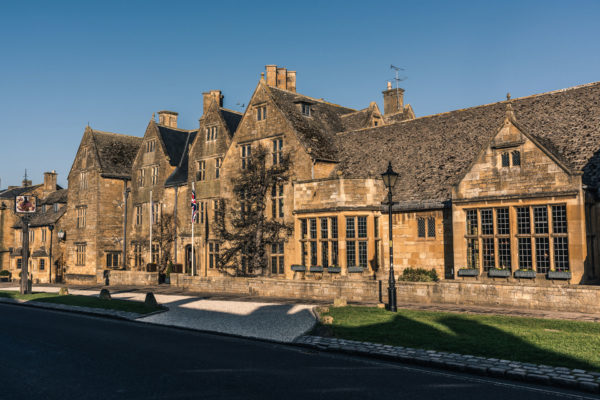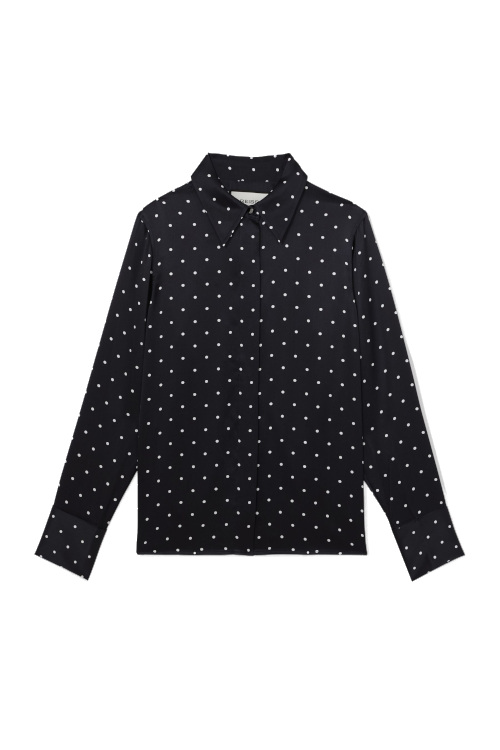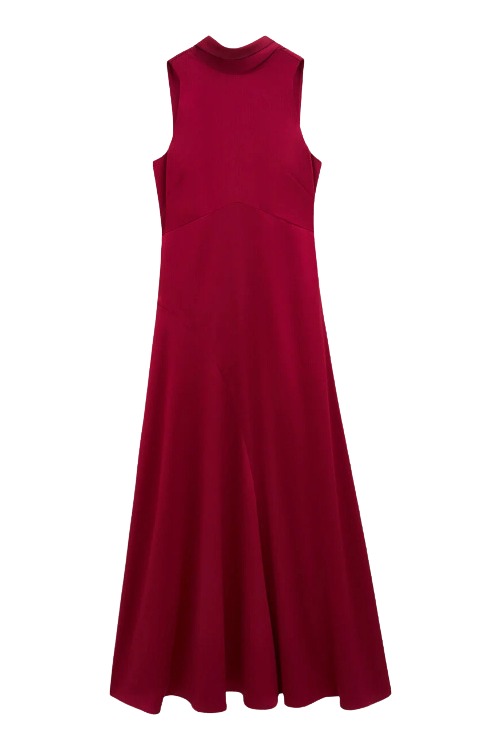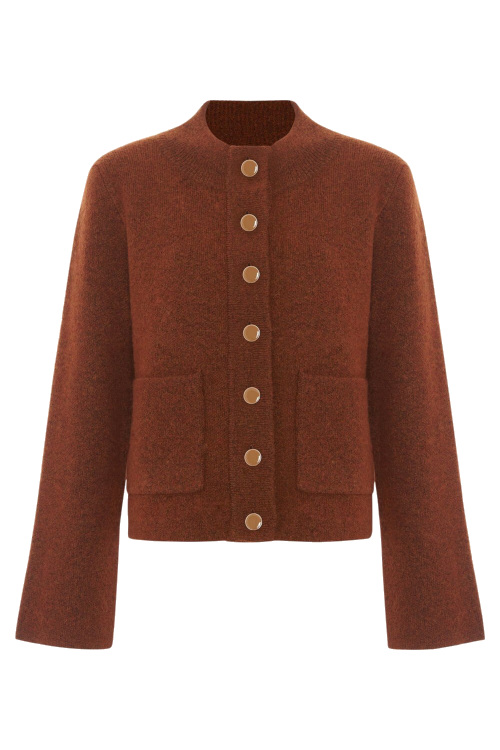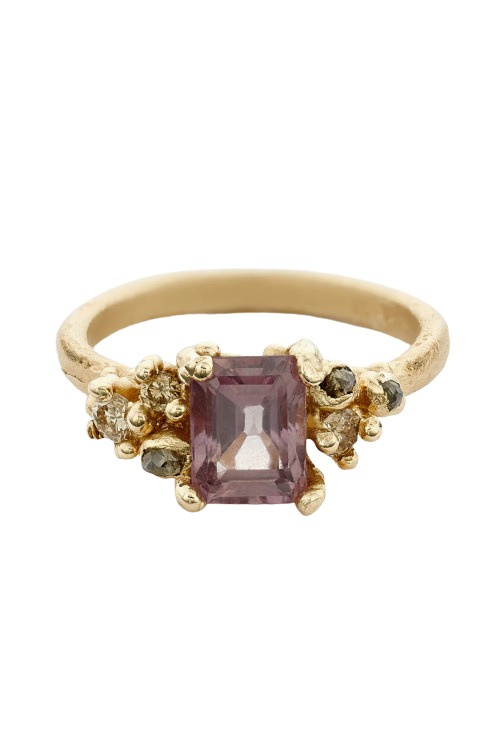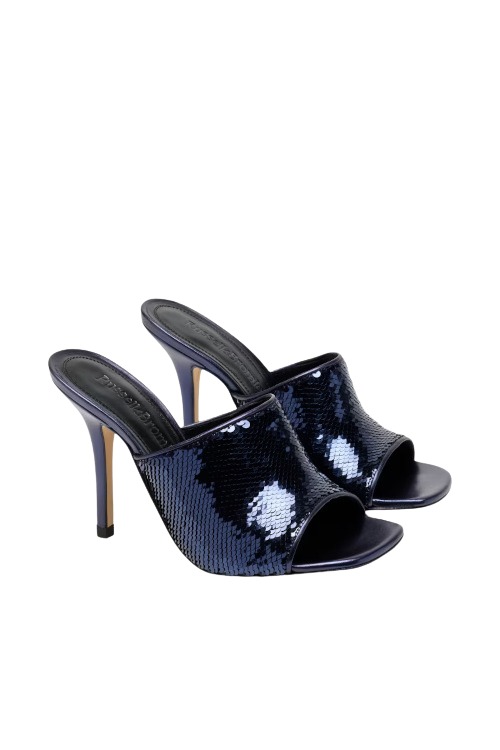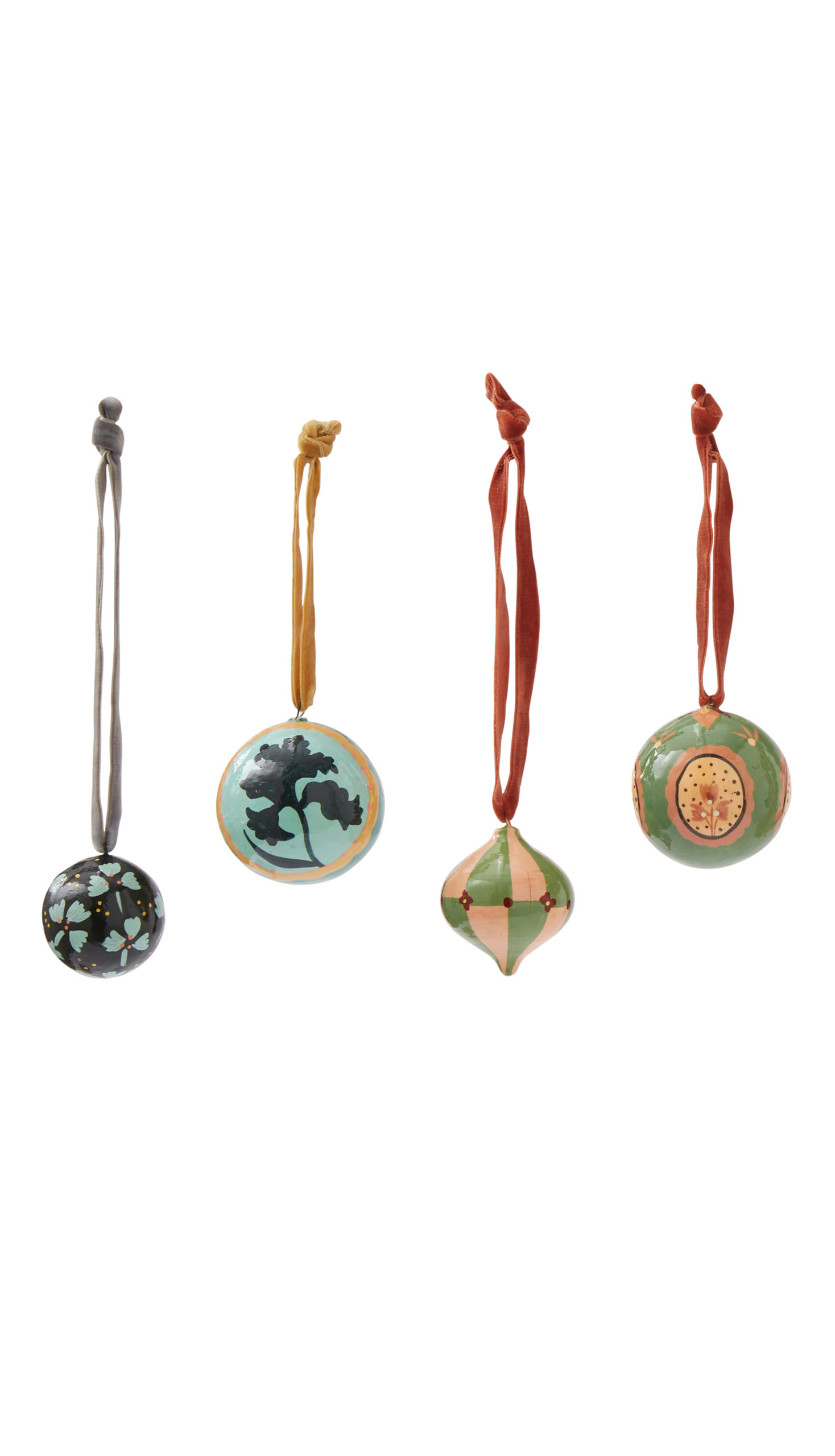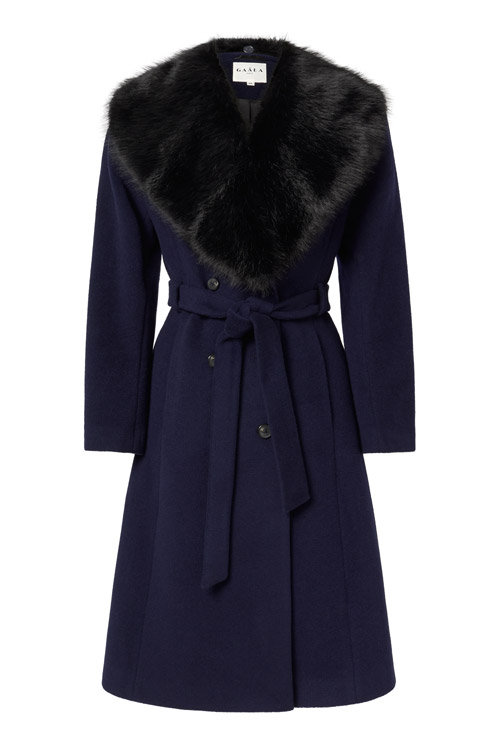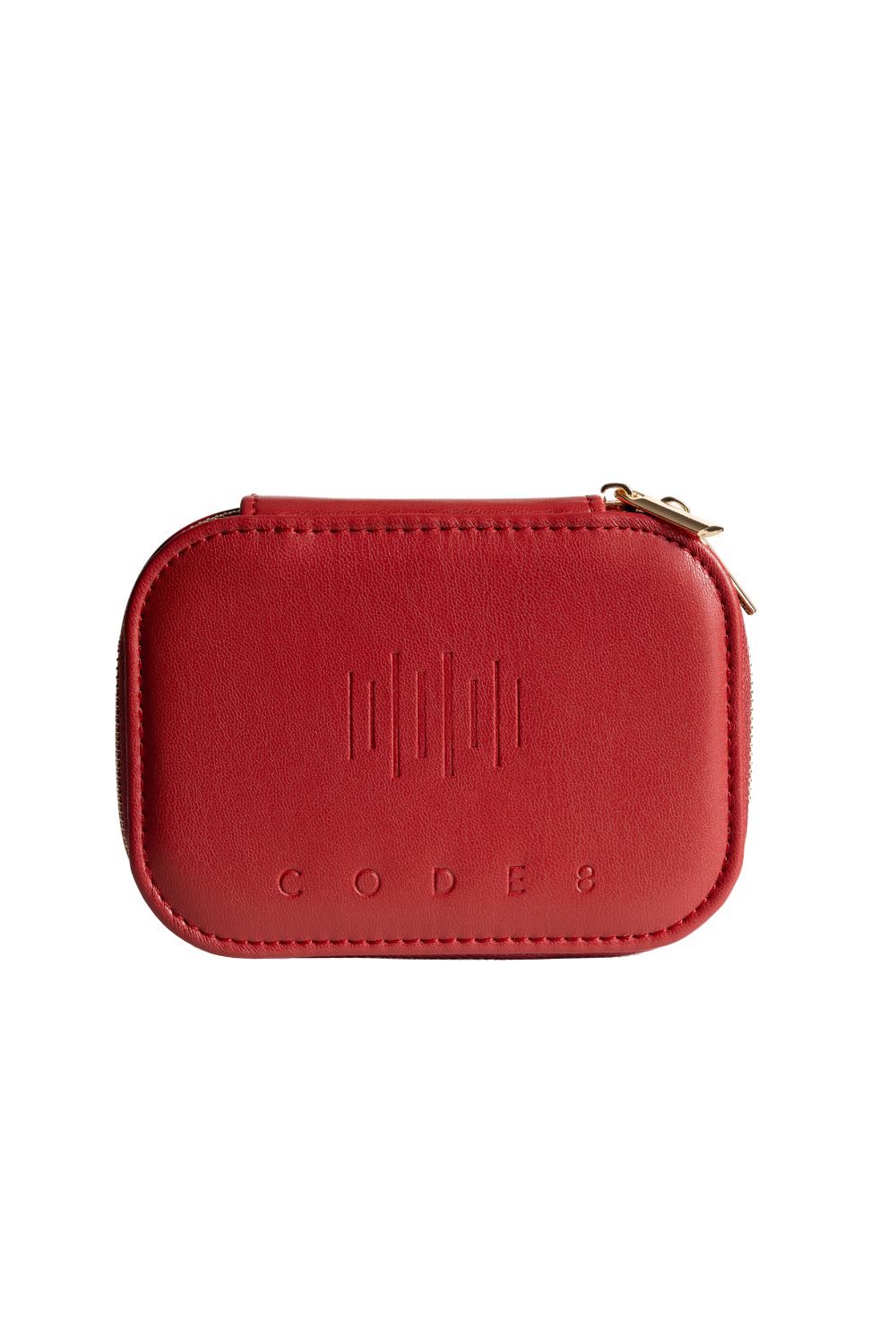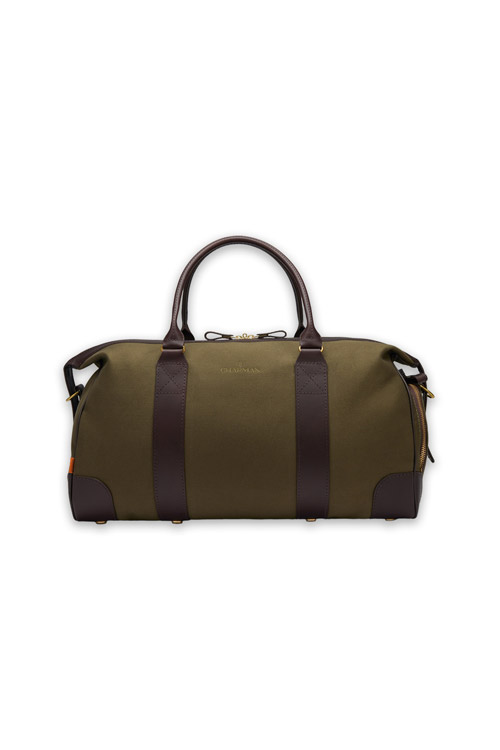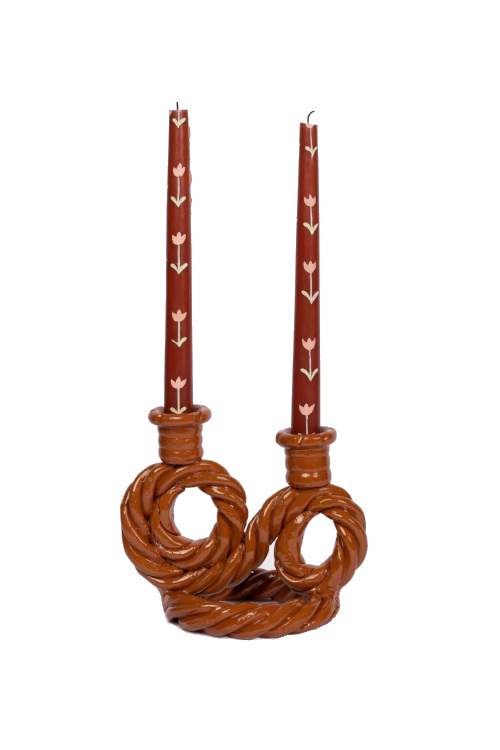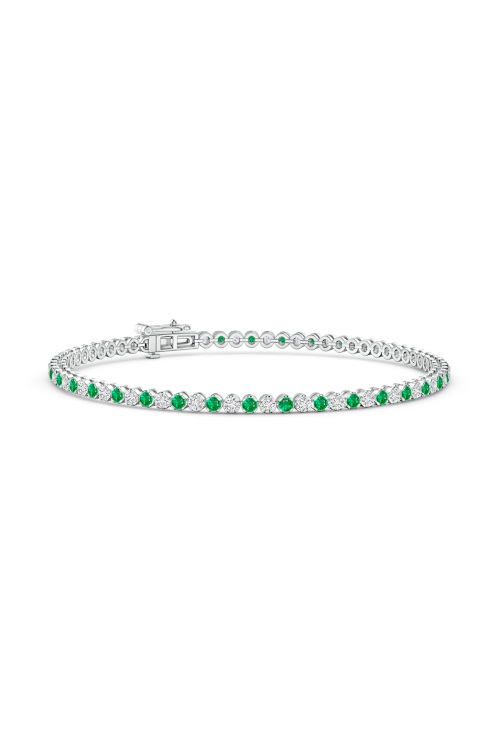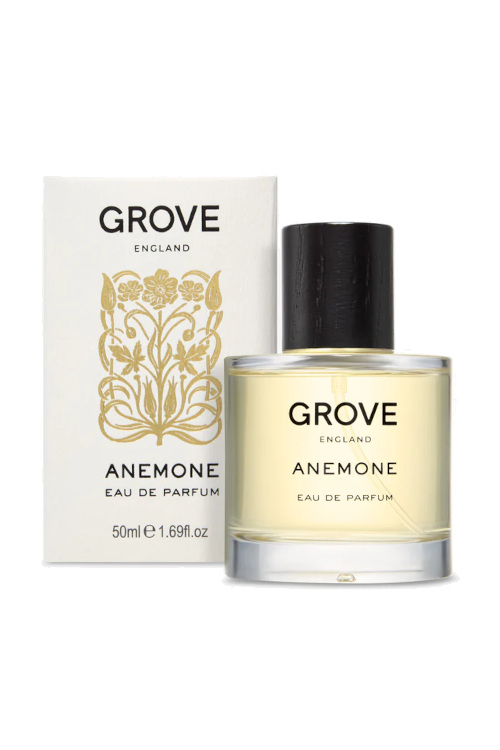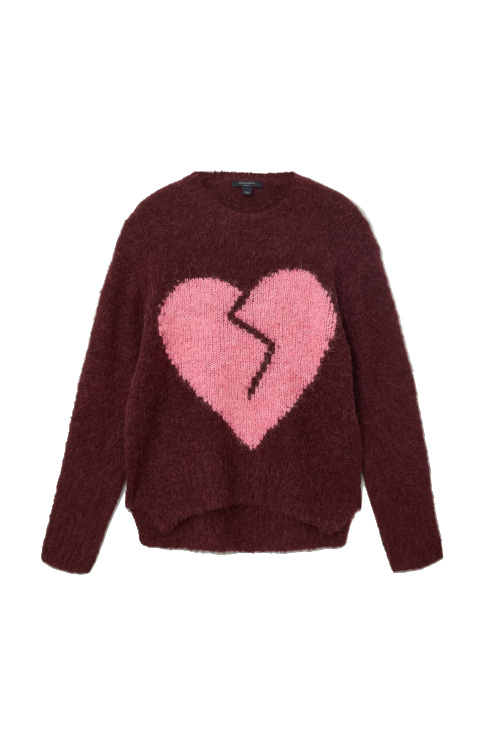Whisky & A Walk: Inside Scapa’s New Whisky Trails
By
5 months ago
Discover whisky on Orkney's rocks

Three new walking trails from Scapa Whisky allow you to discover Orkney Island’s ancient landscapes, rich history, and — most importantly — their famed distillery, says Richard Hopton.
Scapa’s Sanctuary Trails: Is This The Ultimate Experience For Whisky Enthusiasts?
The Orkney Islands are a place apart. Although only twenty miles north of the mainland of Scotland over the treacherous waters of the Pentland Firth, the Orkneys are spiritually different. This sense of apartness begins as the small propeller aircraft bringing visitors up from Glasgow comes into land at Kirkwall. Having crossed the Pentland Firth, it skims low across a flat, low-lying, treeless landscape, an orderly pattern of green fields studded with white, slate-roofed crofts. It is a world away from the deep glens, heathered hillsides and dark forests of Highland Scotland. This impression grows as one arrives in Kirkwall, Orkney’s capital: there are no traffic lights anywhere on the islands; Norwegian flags flutter at the masthead of ships moored at the quayside. Nine-tenths of Orkney place names have Norse origins. Indeed, until the fifteenth century, Orkney was part of Norway. The weather, too, is decidedly northern and maritime; in Orkney, it is said that one can experience all four seasons in a single day.
The Orkney archipelago has at its heart the vast expanse of Scapa Flow, whose 120 square miles is one of the largest natural harbours in the world. A sheltered and relatively shallow anchorage, it was an important base for the Royal Navy during both World Wars. Perched on a cliff on the northern shore of Scapa Flow, overlooking a wide bay, is the Scapa distillery, its name picked out, as is traditional, in black on a white wall. It is here that one of Scotland’s finest malt whiskies — Scapa Whisky — is made.
In June 2025, the distillery launched its Scapa Sanctuary trails in association with leading hiking and outdoor activity app, Outdooractive, enabling whisky enthusiasts and outdoor adventurers to enjoy the peaceful beauty of Orkney’s ancient landscapes and its exceptional history. There are three trails of varying lengths, each one finishing at the distillery, where participants can taste Scapa’s magnificent range of aged malts, the 10, 16, and 21 year-old whiskies. The idea is to allow participants to immerse themselves in the landscapes and history in which Scapa’s whiskies are rooted, to discover the almost mystical link between the whisky and its Orcadian hinterland.
The Scapa distillery, founded in 1885, is now one of a portfolio of well-known malt whiskies owned by Chivas Brothers, a subsidiary of the Ricard Pernod Group. Scapa distils a million litres of whisky a year, which makes it the smallest of the Chivas brands: The Glenlivet distils 21 million litres a year, Aberlour six million. The distillation is overseen by Master Distiller Mick Swanney, himself an Orcadian. Distilling malt whisky is a process which is substantially the same in all Scotland’s distilleries but Scapa has two characteristics which set it apart from the others. The first is a fermentation period of around 160 hours, one of the longest in the industry, which Mr. Swanney describes as ‘a key driver of flavour’. The second is the use of a Lomond still as the wash still, the first of the two stills used in distilling malt whisky. The extra contact between the spirit and the copper in the Lomond still guarantees the lighter spirit which is an important characteristic of Scapa’s whisky. Scapa’s whisky is unpeated and matured in first- or second-fill American oak casks.
It was fascinating talking to Mr. Swanney about the art of distilling whisky. He is constantly experimenting: in 2020, he made a small batch from Bere, a traditional strain of Orkney barley, which is already displaying a unique nose, promising great things in its maturity. Remarkably, every tweak made to the distillation process, whether in the fermentation tanks or elsewhere, can be assessed purely by nose from the raw spirit only a fortnight or so after distillation.
Scapa welcomes around 10,000 visitors a year, mostly in the summer. The highlight of the tour (which costs £25, including a tasting) is the Noust, a spectacular tasting room on the clifftop overlooking Scapa Flow. Opened in 2023, its ribbed wooden ceiling resembles the upturned hull of an old-fashioned Orcadian fishing boat; indeed, the Orcadian word ‘Noust’ means a safe haven for boats, a refuge in a storm. The tasting room commands a wide view of Scapa Flow, including, on a clear day, the buoy which commemorates the sinking of HMS Royal Oak by a German U-Boat in October 1939 in which more than 800 men lost their lives. Built in local stone and roofed in turf, the Noust has a sequested magic to it, somehow secluded from the world around it, yet part of it. In the Noust we enjoyed an Asian-fusion tasting menu, designed to demonstrate that fine malt whisky is a fitting accompaniment to Asian food.
We also visited some of the remarkable Neolithic sites with which Orkney abounds. Skara Brae is a Neolithic village discovered by chance as a result of a storm in 1850. It is around 5,000 years old, having been inhabited between 3,100 BC and 2,500 BC. Its extraordinary state of preservation is due to its having – most unusually for Neolithic dwellings – been built in stone and then buried in sand for millennia. Gazing at its neat, dry-stone walls, one cannot but reflect on the lives of the generations of people who made this place their home so long ago. We visited, too, the Standing Stones of Stenness and the Ring of Brodgar, both Neolithic sites of great if mysterious significance. Very different, and infinitely younger, is the Italian Chapel built by Second World War Italian POWs, a miniature pastiche of a Renaissance church constructed and decorated with great skill and ingenious improvisation.
Orkney has a vibrant craft sector which employs as many as one in nine of the population. We visited Ortak, a successful jewellery business, and The Orkney Furniture Company which makes traditional Orkney chairs. These are straw-backed armchairs — originally a way of compensating for the lack of wood on the islands — which are made entirely and painstakingly by hand.
Ultimately, what matters most is the whisky. Scapa is a fabulous dram, smooth and powerful with hints of pineapple, mango, and spice, becoming sweeter and richer with age, reaching near-perfection in the 21 year old.
BOOK IT
For more information about the Scapa whisky trails, visit scapawhisky.com
Richard Hopton visited Scapa on the Orkney Islands as a guest of Chivas Brothers. richardhopton.co.uk




